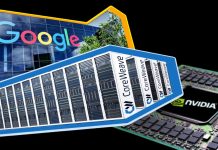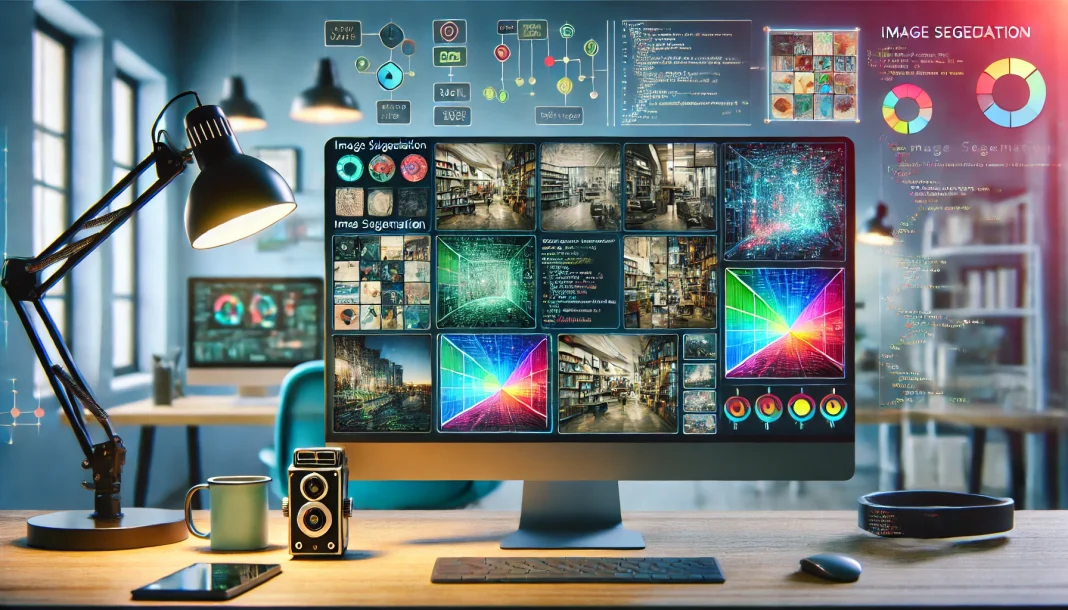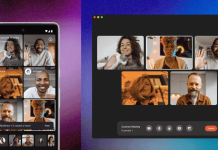Meta has unveiled SAM 2 (Segment Anything Model 2), a groundbreaking advancement in the realm of AI-powered object segmentation for images and videos. Building on the foundation laid by its predecessor, SAM 2 introduces a unified model capable of real-time, promptable object segmentation, setting a new standard for performance and versatility.
The Evolution of SAM 2
SAM 2 extends the capabilities of the original SAM by introducing support for both images and videos, facilitating seamless application across various mediums. It utilizes a novel architecture that accommodates memory components, allowing it to remember and utilize past interactions for more accurate segmentations over time. This feature is pivotal in handling videos where objects may move, change in appearance, or become occluded.
Diverse Applications and Open Science
The potential applications of SAM 2 are vast and varied. From enhancing video effects and aiding scientific research to improving annotation tools for AI training in computer vision systems, SAM 2 is poised to revolutionize several industries. Additionally, Meta continues its commitment to open science by releasing SAM 2 under an Apache 2.0 license, providing access to the model, its code, and the expansive SA-V dataset it utilizes.
Technical Innovations and Community Engagement
Meta has meticulously crafted SAM 2 to handle the complexities of video object segmentation. The model supports iterative refinement through user prompts, allowing detailed and accurate object tracking across frames. This capability is crucial for applications in mixed reality, autonomous vehicles, and beyond.
As Meta rolls out SAM 2, it invites the global AI community to engage with and build upon this versatile model. By offering SAM 2 and its resources freely, Meta aims to foster innovation and exploration, pushing the boundaries of what AI can achieve in understanding and interacting with the visual world.

For a deep dive into the specifics of SAM 2 and to try the model firsthand, visit Meta’s official announcement and resources. This move not only enhances the AI toolkit available to researchers and developers but also democratizes access to cutting-edge technology, paving the way for future advancements in AI-driven object segmentation.





































